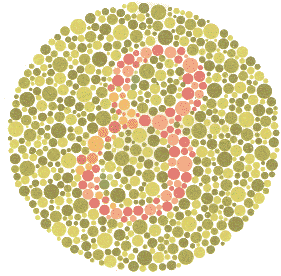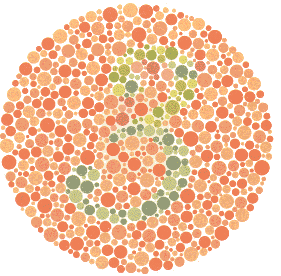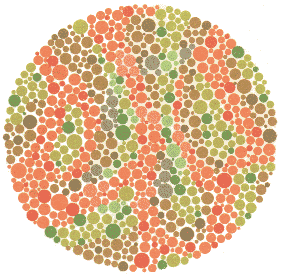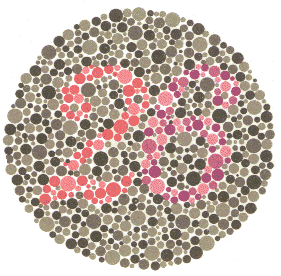
Colour Vision
Around one in 12 men and one in 200 women has some sort of problem with their colour vision.
Light entering the eye consists of many different wavelengths. The light is absorbed by tiny cells at the back of the eye called cones.
In the normal eye there are three different types of cones. Some cones are best at capturing long wavelength (red) light. Others catch medium wavelength (green) light, while other cones respond best to short wavelength (blue) light. The signals from these cones are sent to the brain where they are perceived as colour.
Some people are born with one or more cone types absent or different. This can lead to difficulties differentiating between certain combinations of colours. These colour vision deficiencies can be detected and graded using various colour vision tests.
If you suspect that your child has a colour-vision problem, or if there is a family history of colour-vision problems, ask your optometrist about it. There is no cure, but you can tell your child’s teachers, so that they use colours appropriately.
Here are come sample colour blind Ishihara plates the optometrist and opticians use to check your colour vision. Please note that these to not represent formal colour vision screening, this should be done by an optometrist.






